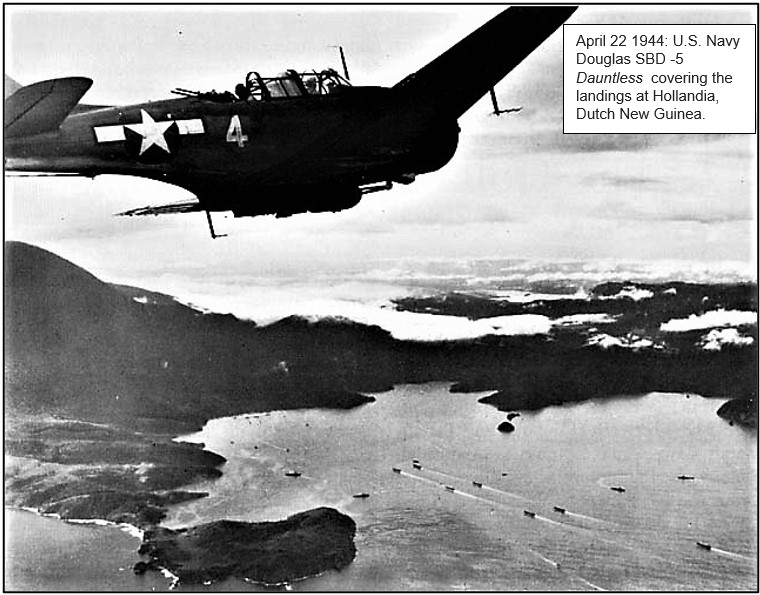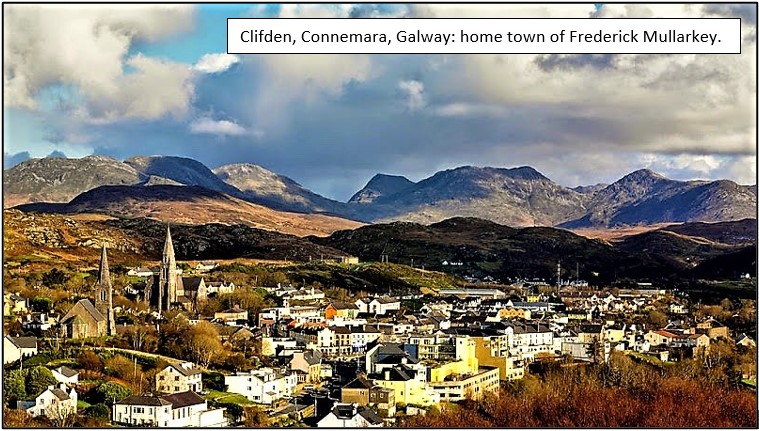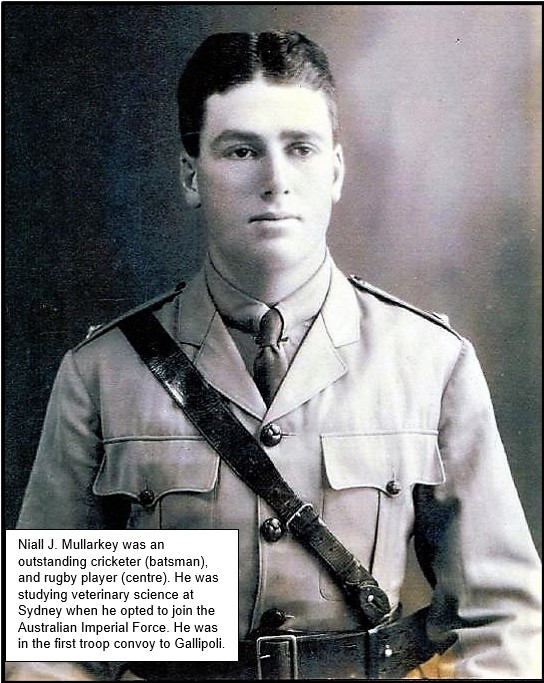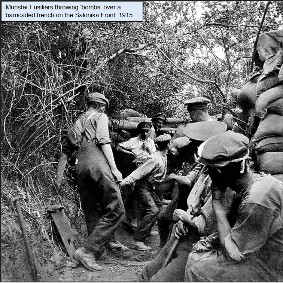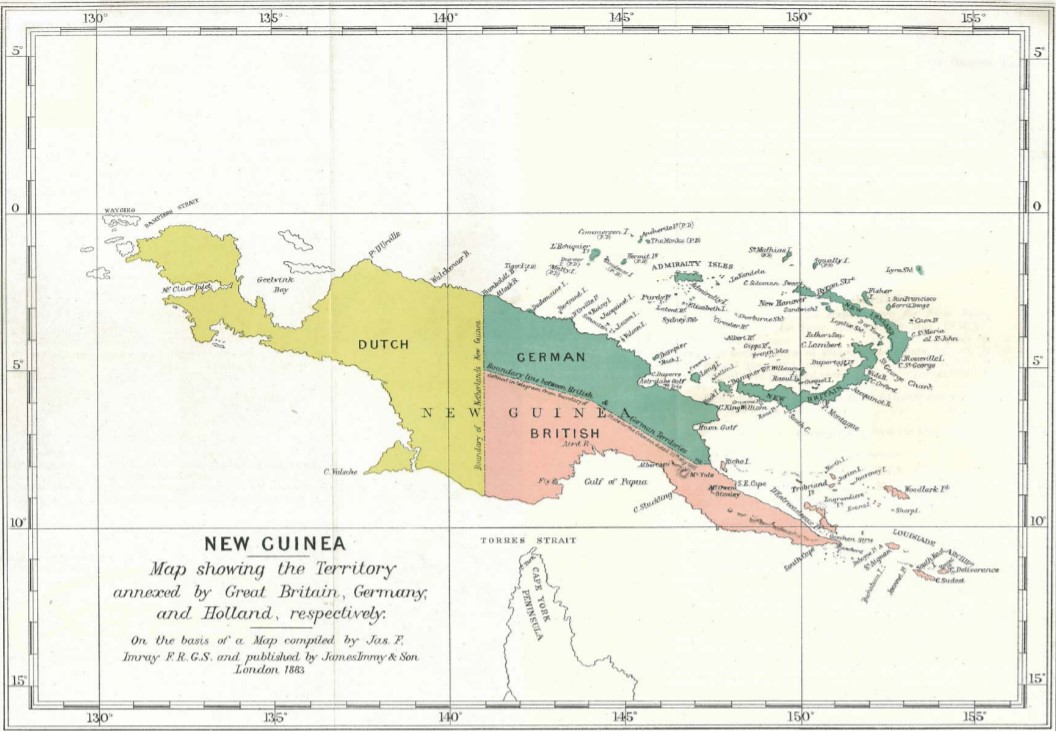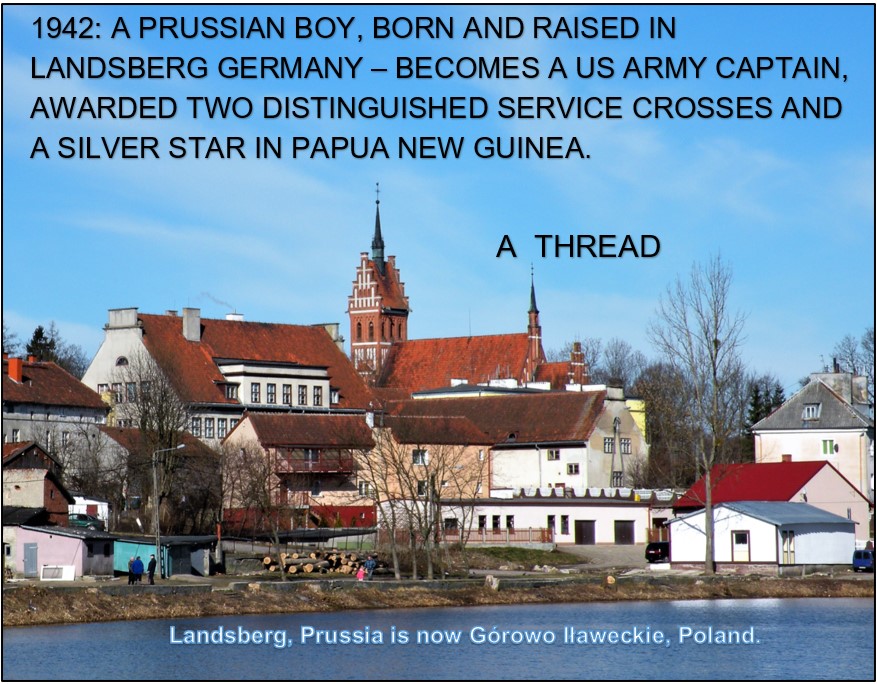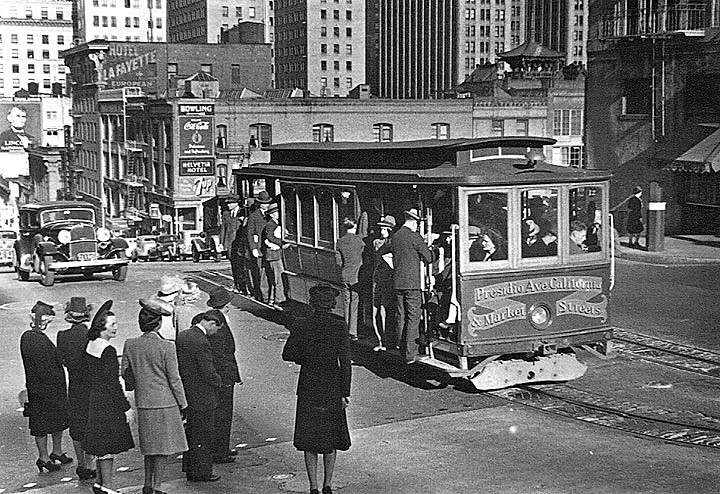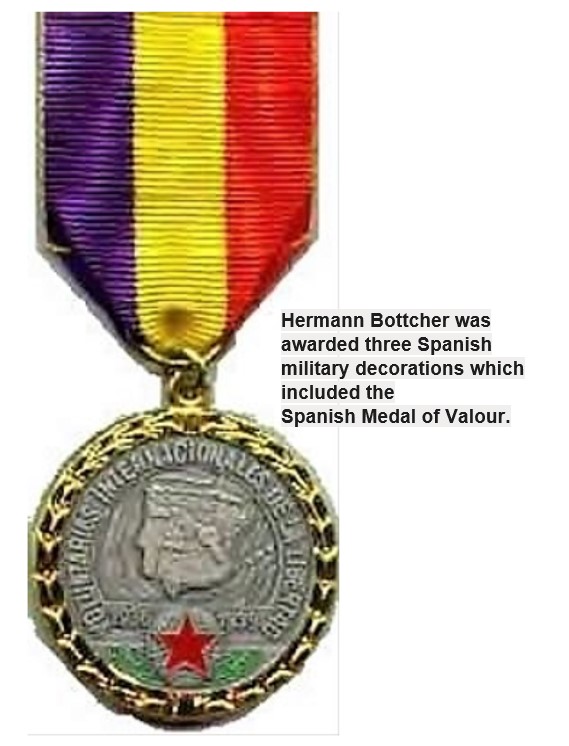
Thread
1/15
In the SWW 8,000 Fijians fought mainly as scouts and light infantrymen against Japanese forces in the Solomon Islands campaign, 1943-1945.
Their knowledge of tropic environments and a skill for ambushing made them feared by the enemy and much respected by the Allies.
1/15
In the SWW 8,000 Fijians fought mainly as scouts and light infantrymen against Japanese forces in the Solomon Islands campaign, 1943-1945.
Their knowledge of tropic environments and a skill for ambushing made them feared by the enemy and much respected by the Allies.

2/15
First Fijians to see action were 30 Commandos sent to Guadalcanal for guerrilla operations in support of the American forces there.
They also saw action on the nearby island of New Georgia in 1943, tasked to locate and destroy a party of IJA's 13th Regt defending the island.
First Fijians to see action were 30 Commandos sent to Guadalcanal for guerrilla operations in support of the American forces there.
They also saw action on the nearby island of New Georgia in 1943, tasked to locate and destroy a party of IJA's 13th Regt defending the island.

3/15
On New Georgia at Munda Point the Fijians suffered their first death in action when Lieutenant B. Masefield was killed when a his patrol was caught in a Japanese artillery barrage.
The First Fiji Commandos also served on Florida Is. (aka Nggela Island) and Vella Lavella Is.
On New Georgia at Munda Point the Fijians suffered their first death in action when Lieutenant B. Masefield was killed when a his patrol was caught in a Japanese artillery barrage.
The First Fiji Commandos also served on Florida Is. (aka Nggela Island) and Vella Lavella Is.

4/
In November 1943 the 2nd Commandos, Fiji Guerrillas, replaced the 1st Commandos.
Due to the Fijians’ success as forward scouts with the US forces, in Dec 1943 the entire First Battalion, Fiji Infantry Regiment (1FIR) was assigned to join the US Army’s XIV Corps on Bougainville
In November 1943 the 2nd Commandos, Fiji Guerrillas, replaced the 1st Commandos.
Due to the Fijians’ success as forward scouts with the US forces, in Dec 1943 the entire First Battalion, Fiji Infantry Regiment (1FIR) was assigned to join the US Army’s XIV Corps on Bougainville

In Bougainville’s mountainous jungles, aerial surveillance was inadequate.
Scouting for enemy locations was crucial.
There were frequent deathly jungle skirmishes.
The Fijians were selected to establish a forward post at Ibu in the remote mountains, 55km NE behind Japanese lines.
Scouting for enemy locations was crucial.
There were frequent deathly jungle skirmishes.
The Fijians were selected to establish a forward post at Ibu in the remote mountains, 55km NE behind Japanese lines.
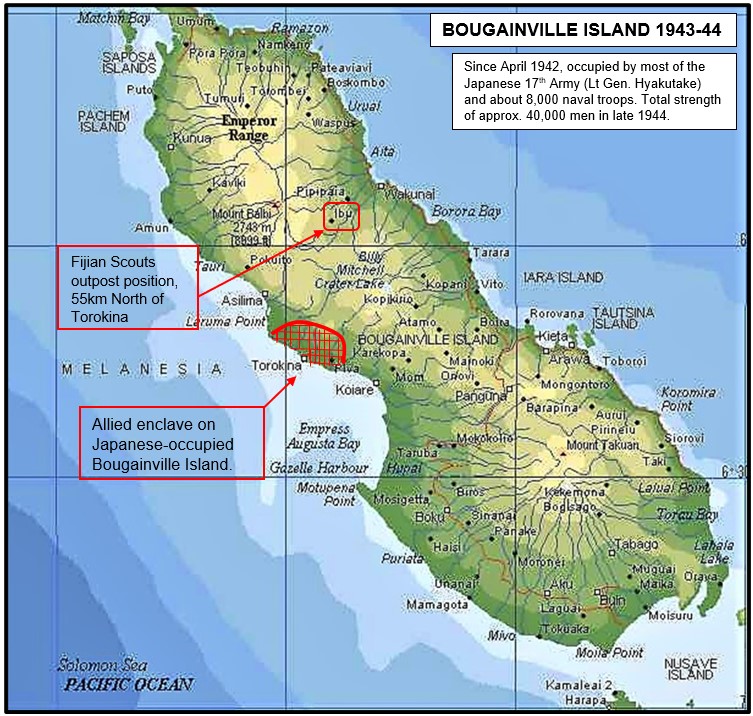
6/15
The track to Ibu took five arduous days.
It was tortuous: into rugged mountains, broken by ravines, valleys, and highlands altering between sweltering heat, torrential rain, and icy gusts.
The Fijian patrols provided invaluable information on enemy positions and movements.
The track to Ibu took five arduous days.
It was tortuous: into rugged mountains, broken by ravines, valleys, and highlands altering between sweltering heat, torrential rain, and icy gusts.
The Fijian patrols provided invaluable information on enemy positions and movements.

7
Supplies had to be airdropped.
The Fijians rapidly hacked out a small airstrip from the jungle so that wounded and sick could be evacuated.
They named the airstrip Kameli, in honour of their mate, Private Kameli Rokotuiloma, first Fijian killed in action during the Ibu mission.
Supplies had to be airdropped.
The Fijians rapidly hacked out a small airstrip from the jungle so that wounded and sick could be evacuated.
They named the airstrip Kameli, in honour of their mate, Private Kameli Rokotuiloma, first Fijian killed in action during the Ibu mission.

8
On 15 Feb 1944, the Fijian Battalion became surrounded and was ordered to withdraw.
In small silent groups they disappeared into the jungle.
Following natural features and using local tracks, 400 Fijians made it safely to the western coast four days later with only one wounded.
On 15 Feb 1944, the Fijian Battalion became surrounded and was ordered to withdraw.
In small silent groups they disappeared into the jungle.
Following natural features and using local tracks, 400 Fijians made it safely to the western coast four days later with only one wounded.

9/
The Japanese launched numerous attacks through March ’44.
The Fijians again patrolled beyond the besieged American lines, and for months harassed enemy areas to relieve American forces.
They established and held another forward base for several weeks, conducting daily patrols.
The Japanese launched numerous attacks through March ’44.
The Fijians again patrolled beyond the besieged American lines, and for months harassed enemy areas to relieve American forces.
They established and held another forward base for several weeks, conducting daily patrols.

25th March 1944: 1st Battalion FIR left the American perimeter to make a reconnaissance in force in front of the US 129th Regiment.
Information from the Fijian scouts enabled the hidden enemy forward base area to be totally destroyed by heavy artillery barrages and dive-bombing.
Information from the Fijian scouts enabled the hidden enemy forward base area to be totally destroyed by heavy artillery barrages and dive-bombing.

11/15
The excellent results and bravery shown by the First Battalion, Fiji Infantry Regiment led to a decision to send the Third Battalion to join them from March to August 1944 on Bougainville.
1 Fijian Docks Company also served on Bougainville 12 March 1944 to 23 February 1945.
The excellent results and bravery shown by the First Battalion, Fiji Infantry Regiment led to a decision to send the Third Battalion to join them from March to August 1944 on Bougainville.
1 Fijian Docks Company also served on Bougainville 12 March 1944 to 23 February 1945.

As the Fijians’ jungle warfare skills had built a strong reputation with American Command, the 3rd Battalion’s first task was to wipe out the remaining Japanese forces surrounding Torokina.
They conducted long range raids into jungle terrain, ambushing remaining Japanese forces.
They conducted long range raids into jungle terrain, ambushing remaining Japanese forces.
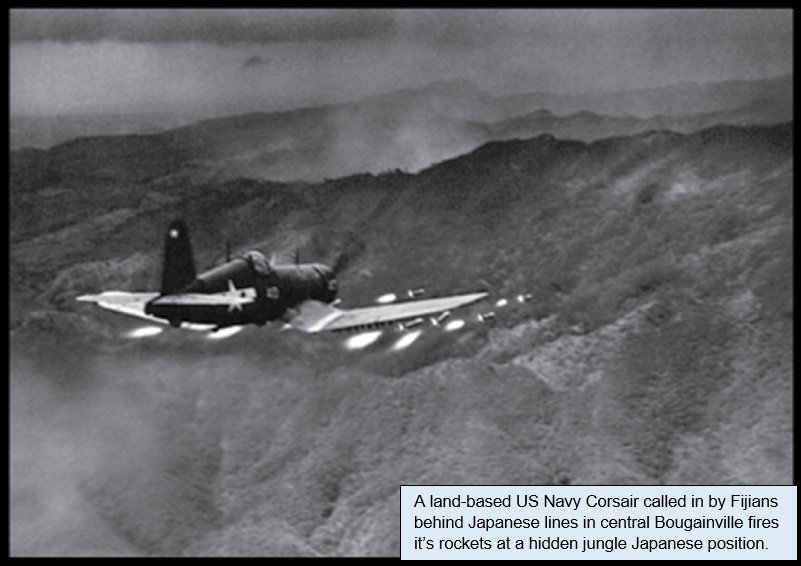
13/15
This task complete, the 3rd Battalion were directed south beyond the southern Torokina perimeter, to remove resistance across the Jaba River.
The Japanese used this area to harass Allied troops.
Instead of scout patrols, these Fijians would conduct an amphibious landing.
This task complete, the 3rd Battalion were directed south beyond the southern Torokina perimeter, to remove resistance across the Jaba River.
The Japanese used this area to harass Allied troops.
Instead of scout patrols, these Fijians would conduct an amphibious landing.
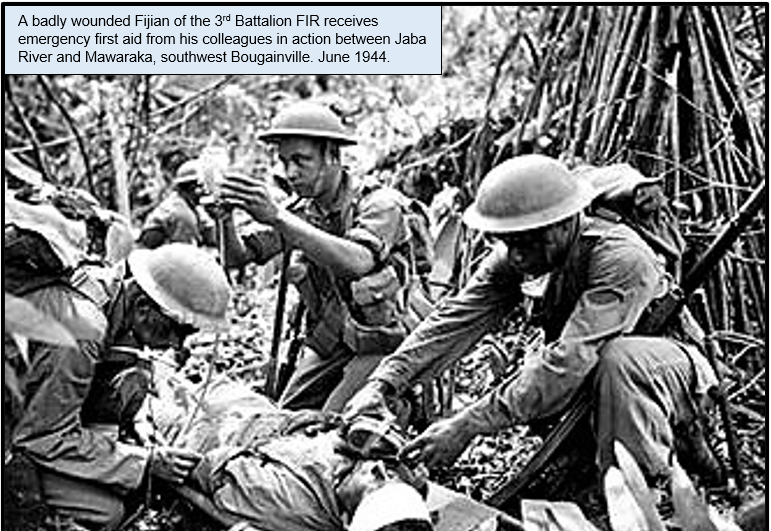
The 3rd Battalion conducted two missions in the Mawaraka area – the first occurred over a period of five days and saw the five Companies establish a firm beachhead via landing craft.
Then they conducted fighting patrols over 8 kilometres, crisscrossing swamps, rivers and ridges.
Then they conducted fighting patrols over 8 kilometres, crisscrossing swamps, rivers and ridges.

Both of the Fijian Battalions received US Army “Commendations for Meritorious Service” in combat and in support.
If there’s enough interest, I’ll later conclude the story of the Fijians on Bougainville, including the awarding of a Victoria Cross and two Military Crosses.
END
If there’s enough interest, I’ll later conclude the story of the Fijians on Bougainville, including the awarding of a Victoria Cross and two Military Crosses.
END

• • •
Missing some Tweet in this thread? You can try to
force a refresh





